This 3D Model consists of files in StereoLithography (.Stl) format that is optimized for 3D printing.
Before printing the files, we strongly recommend reading the PRINTING DETAILS section.
WHAT WILL YOU GET AFTER PURCHASE?
- 3 versions of Robby the Robot STL files for FFF/FDM and DLP/SLA/SLS - files for all versions are available for download after the purchase
- STL files of high-poly Robby the Robot 3D Model for 3D printing consist of 125 parts
- Sizes:
FFF/FDM: 264 mm tall, 156 mm wide, 168 mm deep
DLP/SLA/SLS: 132 mm tall, 78 mm wide, 84 mm deep
- Assembly Manual for FFF/FDM 1.0 and DLP/SLA/SLS 1.0 versions in PDF format
- Detailed settings that we provide as a recommendation for Cura, Simplify3D and Slic3r for the best print
- Full technical support from the Gambody Support Team
Detailed information about this 3D printing model is available in the DESCRIPTION section.
ABOUT THIS 3D MODEL
Robby the Robot is a real science fiction icon with a Hollywood career so long and distinguished that other robots may now be green with envy! The impressive and extremely expensive robot prop first appeared in the 1956 MGM film Forbidden Planet and quickly achieved iconic status, with the film becoming a cult sci-fi classic. The mechanical servant of the mysterious Dr Morbius was one of the first movie robots to play an actual well-developed supporting character with distinct personality! No wonder Robby the Robot still appears in modern films and television shows to the delight of sci-fi fans.
Gambody’s contributing 3D artist dedicated circa 135 hours to the creation of the 3D printing Robby the Robot model that sports all the character’s trademark features. Robby’s legs are made out of large interlocking globes and a tall dome covers his highly detailed head with two cute scanner rings located to resemble the robot’s ears. The unmistakable star of the robot Hall of Fame, Robby the Robot secured for himself a fixed place in the film history and in fans’ hearts. Now the iconic robot can join your 3D printed selection!
ADAPTATION FOR 3D PRINTING
Robby the Robot for 3D printing is a highly detailed action assembly figurine and its moderation and adaptation for different types of 3D printers took the Gambody team 57 hours in total.
In order to preserve the accurate likeness of the iconic sci-fi star, the model was divided into many parts that are to be assembled as if a real robot. Taking into account the willingness of our customers to make their 3D printing projects as detailed as possible, Gambody team worked on the highly-articulated assembly of the Robby the Robot that presupposes a variety of movable elements (please, see "Versions' specifications", "Assembly video" and photo preview slider).
The cutting of the model was chosen to ensure the cleanest 3D printing result possible and to minimize the amount of material needed to print the generated support. All assembly parts are provided in STL files of FFF/FDM version in recommended positions that were worked out in order to ensure the smoothness of the details’ surfaces after printing and so that the 3D printing beginners won't face difficulties when placing the parts on a build plate. We highly recommend that you get acquainted with the “Assembly video” and "Assembly Manual" before getting down to the Robby the Robot model.
The model is saved in STL files, a format supported by most 3D printers. All STL files for 3D printing have been checked in Netfabb and no errors were shown.
The model's scale was calculated from the height of the Robby the Robot which is 2100 mm. The 3D printing model's chosen scale is 1:8 for the FFF/FDM version and 1:16 for the DLP/SLA/SLS version.
VERSIONS' SPECIFICATIONS
FFF/FDM Advanced 1.0 version features:
- this version is cut into maximum assembly parts which allows the introduction of complex articulation mechanisms;
- Contains 70 parts;
- A printed model is 264 mm tall, 156 mm wide, 168 mm deep;
- Comes with a platform that resembles the surface of the Forbidden Planet;
- You can light up the model's dome lamp, "eyes" (two illuminated parts of the mechanical brain), voice tubes behind the front grille, and rotating devices on the indicator panel ("belly");
- The body and head are hollow for you to conceal the LED wiring and battery;
- It is recommended that you print the robot's dome, "eyes" (two illuminated parts of the mechanical brain), the front grille, and parts of the dome lamp with transparent filament;
- Robot's knees bend + hip and shoulder joints move up and down via an articulated mechanism with a ratchet;
- The wrists rotate on a peg, while the body and head rotate via a ratchet mechanism;
- Scanner rings and scanner fins ("ears") on the model's head are articulated;
- The gyroscope on top of Robby's head rotates, as well as the valves under it;
- Start drive and Geneva movement device on the indicator panel ("belly") rotate as well;
- All parts are divided in such a way that you will print them with the smallest number of support structures.
FFF/FDM Basic 1.0 version features:
- this version is adapted for FDM but is simplified in terms of cutting and articulation;
- Contains 36 parts;
- A printed model is 264 mm tall, 156 mm wide, 168 mm deep;
- Comes with a platform that resembles the surface of the Forbidden Planet;
- You can light up the model's dome lamp, "eyes" (two illuminated parts of the mechanical brain), voice tubes behind the front grille, and rotating devices on the indicator panel ("belly");
- The body and head are hollow for you to conceal the LED wiring and battery;
- It is recommended that you print the robot's dome, "eyes" (two illuminated parts of the mechanical brain), the front grille, and parts of the dome lamp with transparent filament;
- The robot's body, head, shoulders and wrists rotate on a peg;
- Scanner rings and scanner fins ("ears") on the model's head are articulated;
- The gyroscope on top of Robby's head rotates, as well as the valves under it;
- All parts are divided in such a way that you will print them with the smallest number of support structures.
DLP/SLA 1.0 version features:
- Contains 19 parts;
- A printed model is 132 mm tall, 78 mm wide, 84 mm deep;
- Comes with a platform that resembles the surface of the Forbidden Planet;
- You can light up the model's dome lamp, "eyes" (two illuminated parts of the mechanical brain), voice tubes behind the front grille, and rotating devices on the indicator panel ("belly");
- The body and head are hollow for you to conceal the LED wiring and battery;
- It is recommended that you print robot's dome, "eyes" (two illuminated parts of the mechanical brain), the front grille, and the dome lamp with transparent filament;
- The robot's body, head, shoulders and wrists rotate on a peg;
- The gyroscope on top of Robby's head rotates, as well as the valves under it;
- All parts are divided in such a way to fit the build plates and to ensure that support structures are generated where needed.
You can get the model of Robby the Robot for 3D Printing immediately after the purchase! Just click the green Buy button in the top-right corner of the model’s page. You can pay with PayPal or your credit card.
Watch the tutorial on how to assemble Robby the Robot 3D Printing Model at Gambody YouTube channel.
Also, you may like other Robot 3D Printing Models.
_______
FAQ:
Where can I print a model if I have no printer?
How to get started with 3D printing?
How to set up my 3D printer?
How to choose right 3D model print bed positioning?
How to paint printed figurine?
Generic
Below you can find printing recommendations for Cura, Simplify3D, Slic3r, PrusaSlicer and Bambu Lab software.
Disclaimer: The following printing settings are a recommendation, not an obligation. The parameters can vary depending on the peculiarities of your 3D printer, the material you use, and especially the particular assembly part you are working with. Each part that any model comprises often needs preliminary review, and you are free to tweak the settings the way you find suitable.
Note:
You can scale up the model (downscaling for FFF/FDM 3D printers is not recommended!);
All connectors should be printed at 100% Infill.
Bambu Lab printing recommendations:
These basic 3D printing settings recommendations for beginners were tested in Bambu Studio 1.9.1. Test models were printed on the Bambu Lab A1, Bambu Lab A1 Mini, Creality Ender 3 S1, Anycubic Kobra 2, and Anycubic Vyper using PLA and PETG filaments.
To avoid printing problems, we recommend the following settings: download
Cura printing recommendations:
These are averaged settings which were tested in the Cura 5.2.1 slicer. Test models were printed on Anycubic Vyper, Creality Ender 3 Pro with PLA filament.
To avoid printing problems, we recommend the following settings: download
Simplify3D printing recommendations:
These are averaged settings which were tested in the Simplify3D 5.0.0 slicer. Test models were printed on Anycubic Vyper, FLSUN v400, Ender3 S1 with PLA filament.
To avoid printing problems, we recommend the following settings: download
Slic3r printing recommendations:
These basic 3D printing settings recommendations for beginners were tested in Slic3r 1.3.0 software. Test models were printed on Ultimaker 2, Creality Ender 3, Creality Cr-10S pro v2, Anycubic I3 Mega, Anycubic I3 MegaS, Anycubic Vyper with PLA and PetG filaments.
To avoid printing problems, we recommend the following settings: download
PrusaSlicer printing recommendations:
These basic 3D printing settings recommendations for beginners were tested in PrusaSlicer 2.3.1. Test models were printed on Ultimaker 2, Creality Ender 3, Creality Cr-10S pro v2, Anycubic I3 Mega, Anycubic I3 MegaS, Anycubic Vyper with PLA and PETG filaments.
To avoid printing problems, we recommend the following settings: download

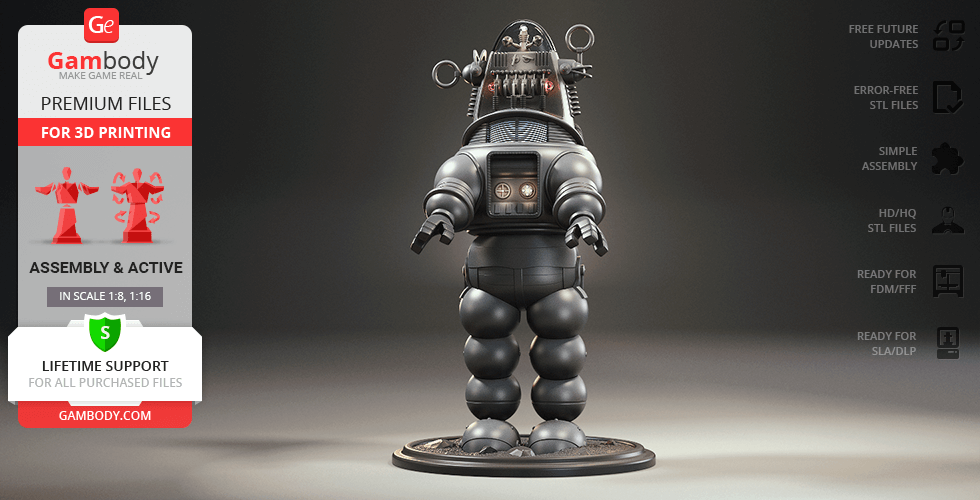
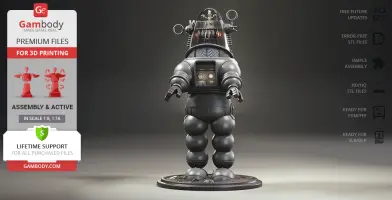
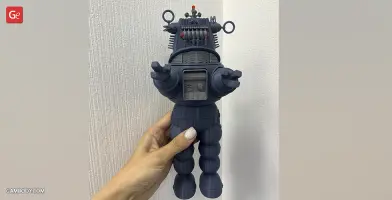
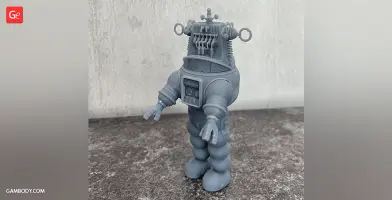
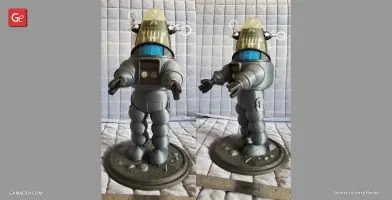
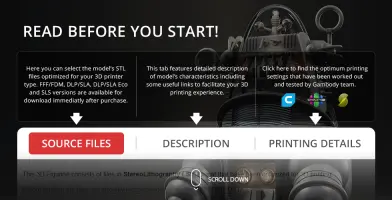
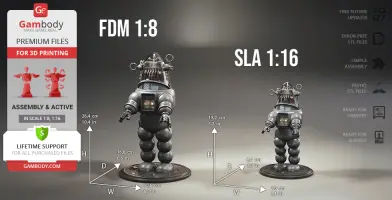
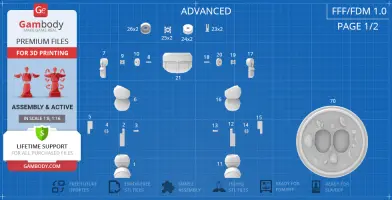
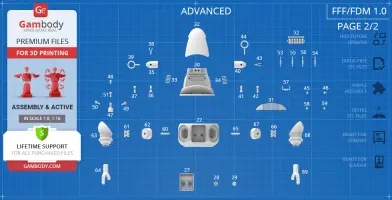
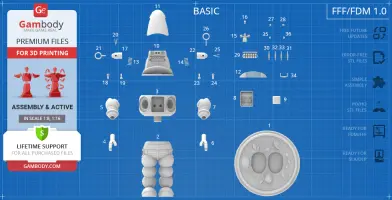
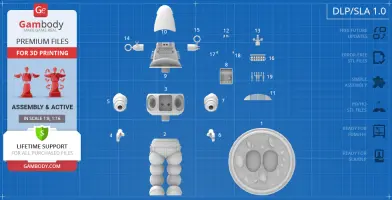
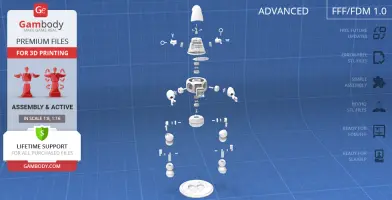
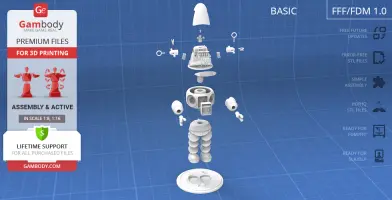
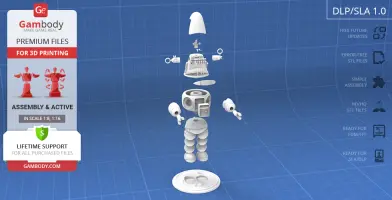
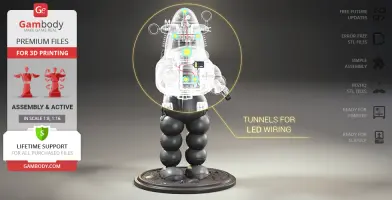
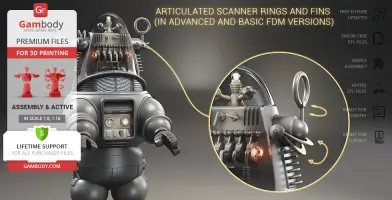
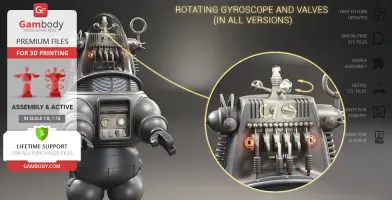
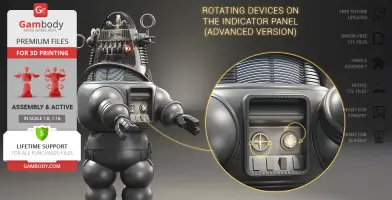
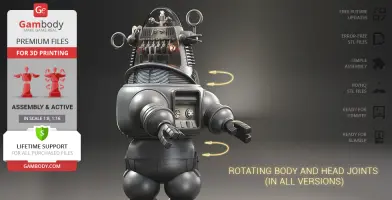
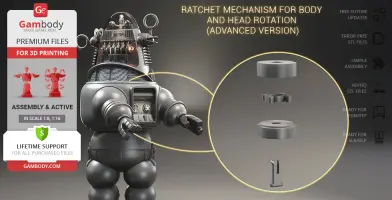
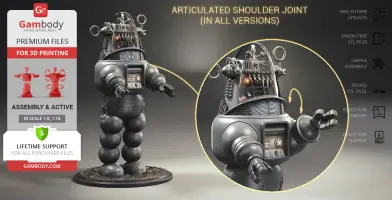
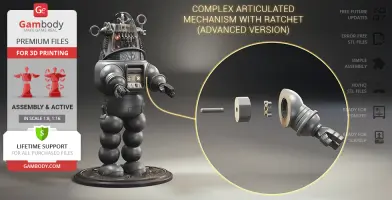

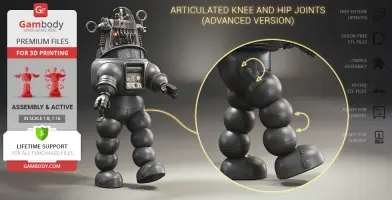
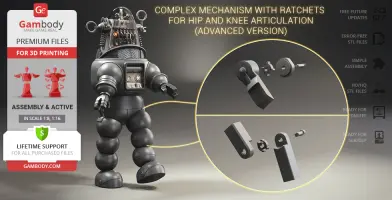
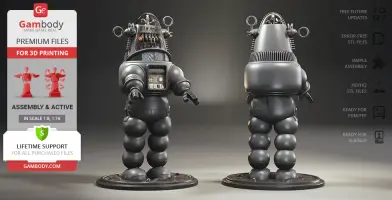
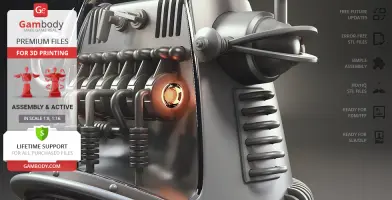
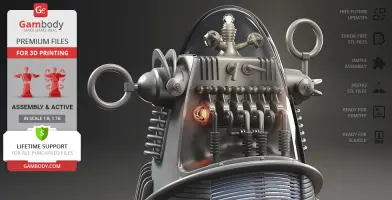
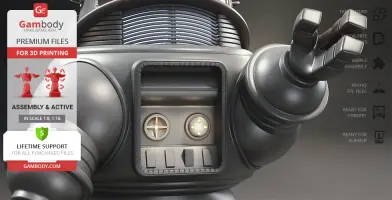
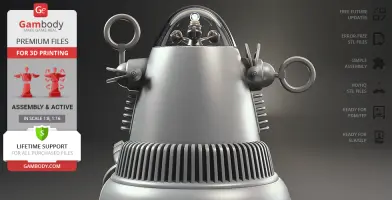

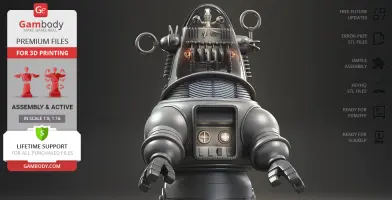
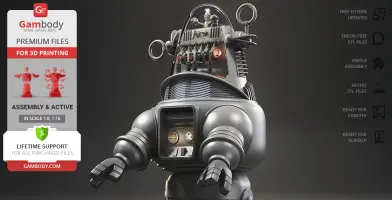
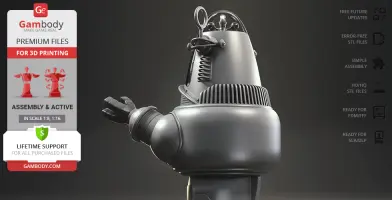
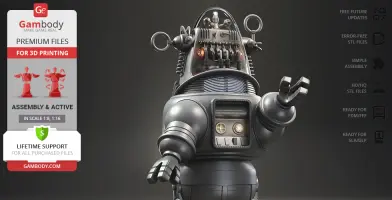
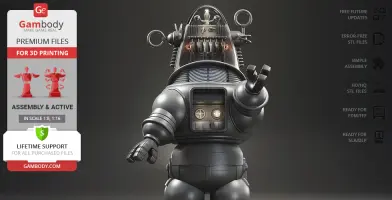

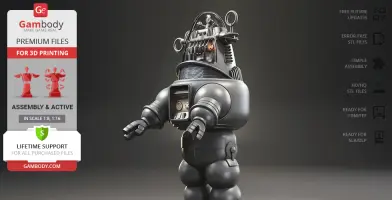
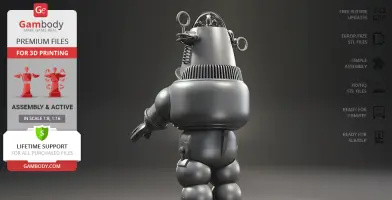
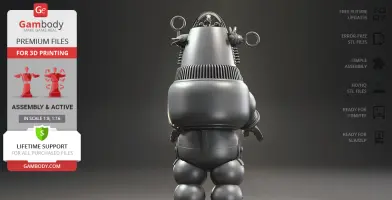
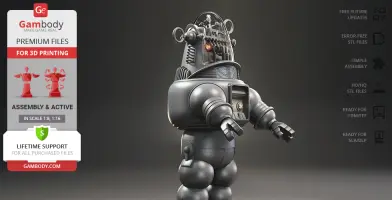
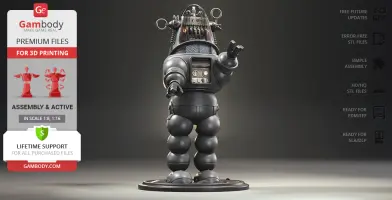
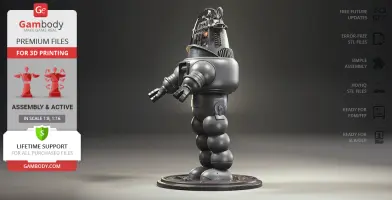
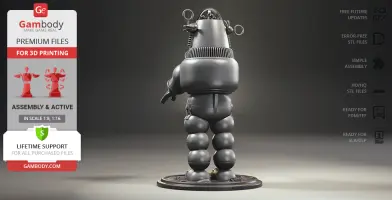
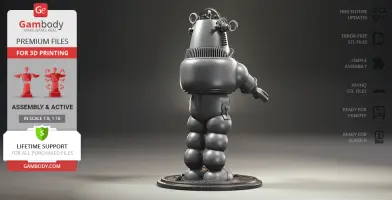
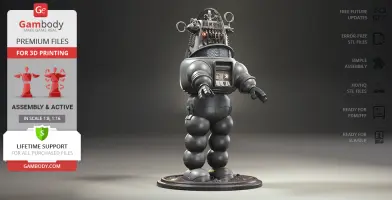
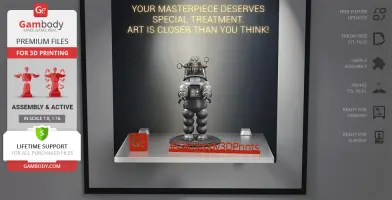
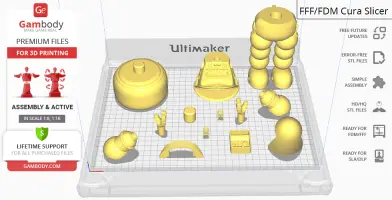
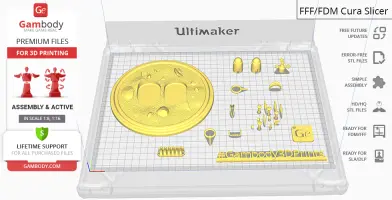
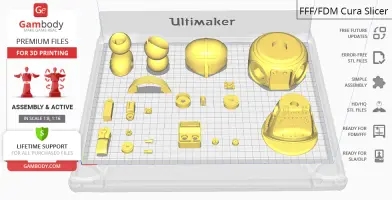
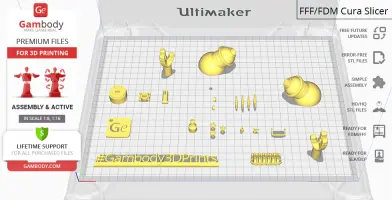
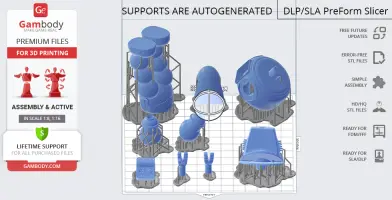
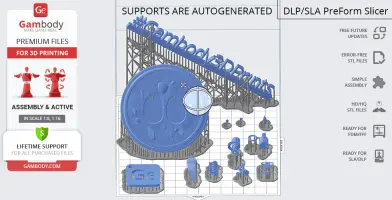


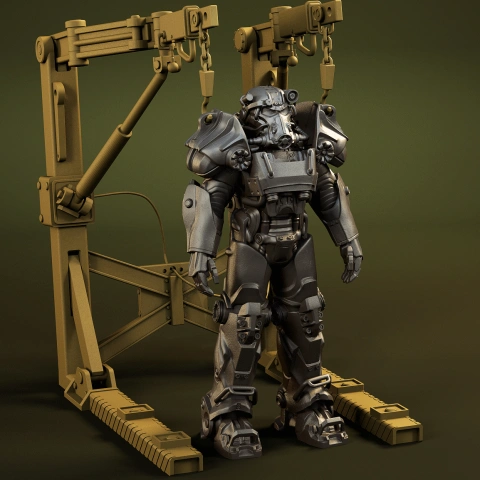
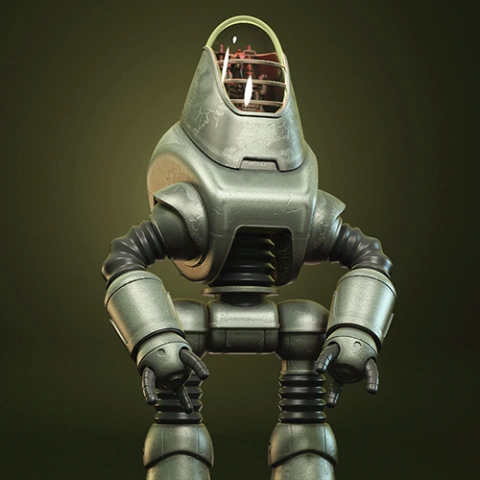
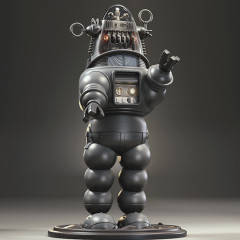
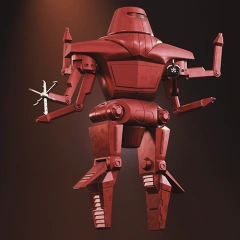
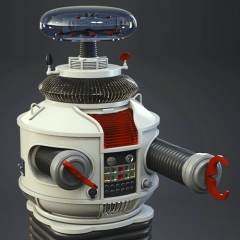
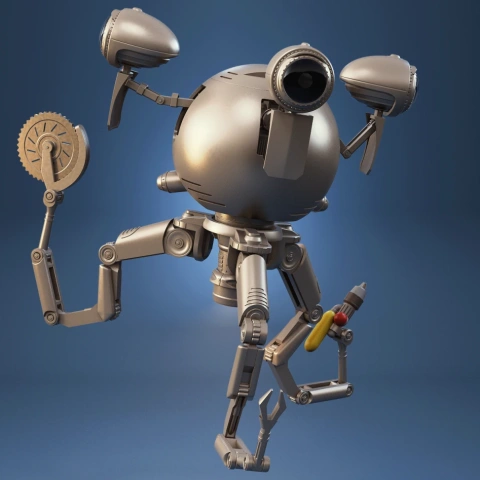
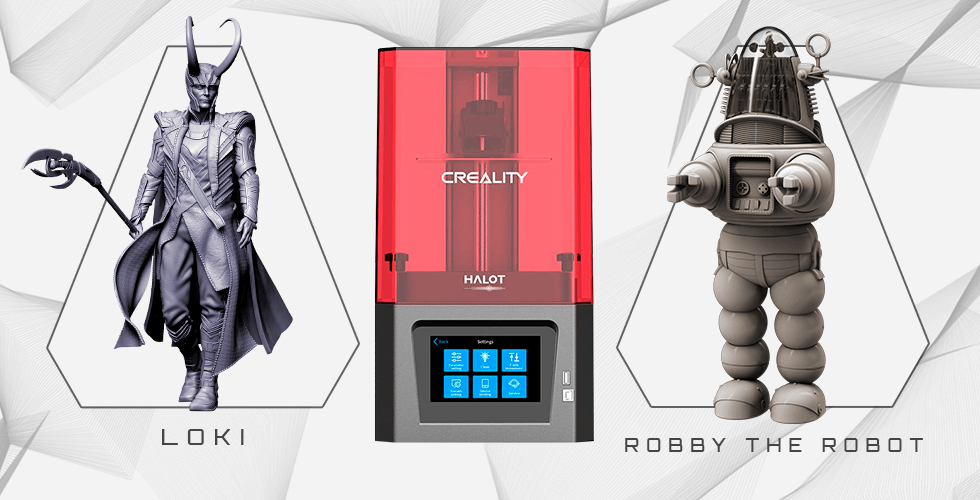
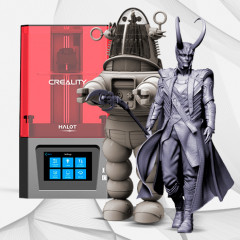
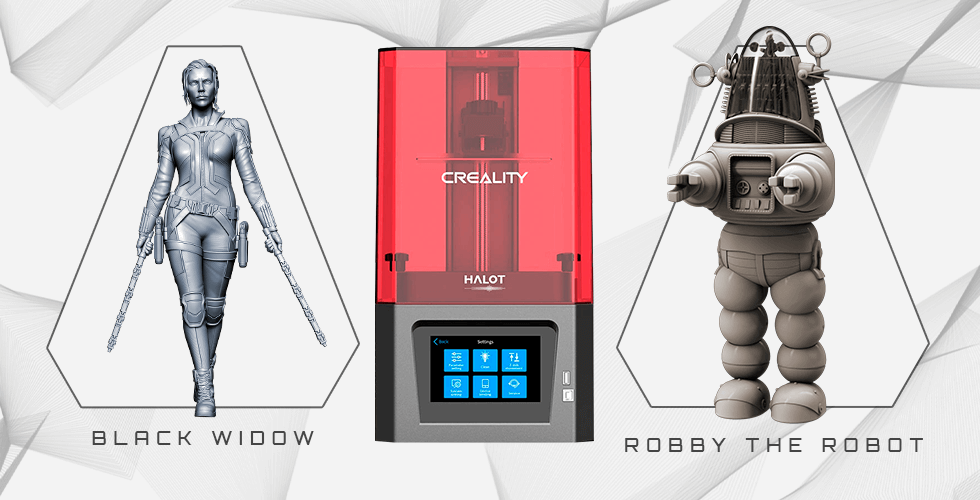
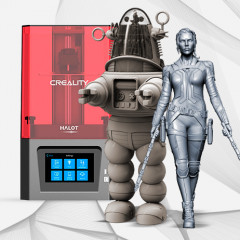
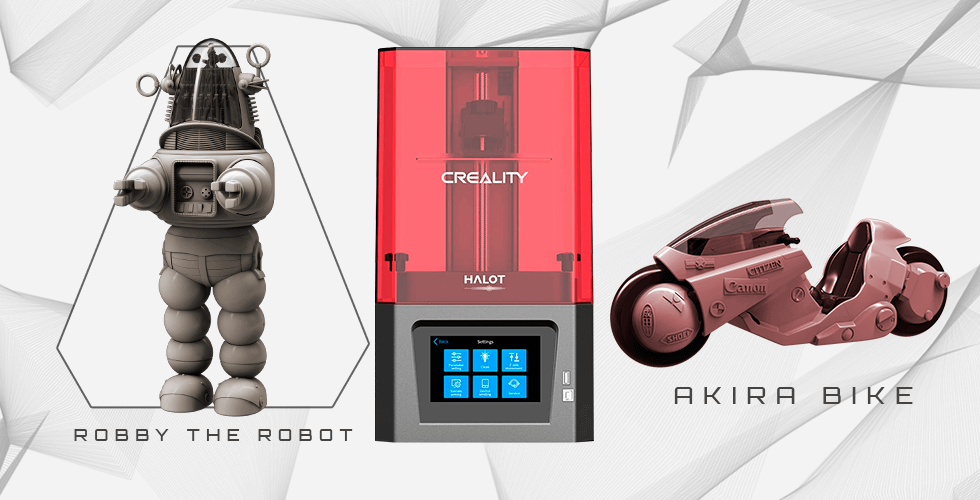
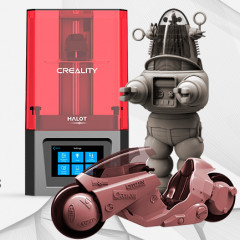
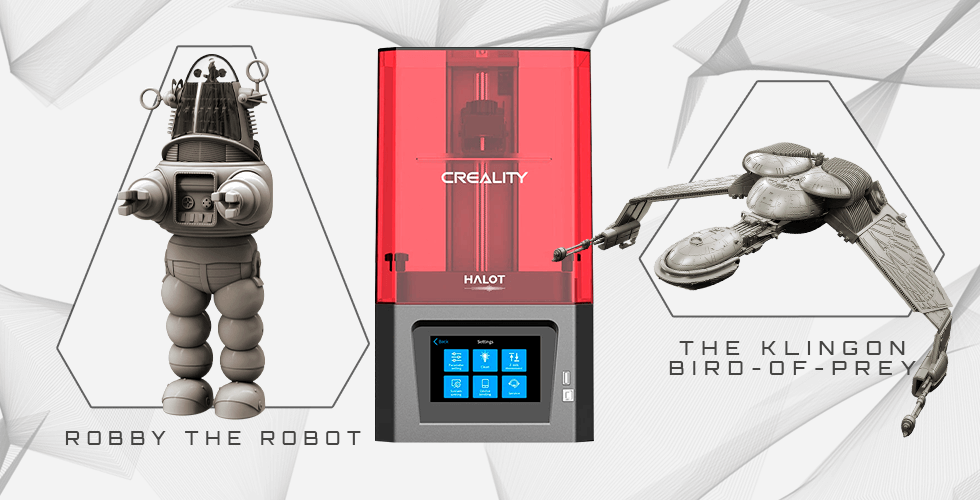
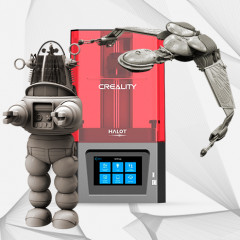
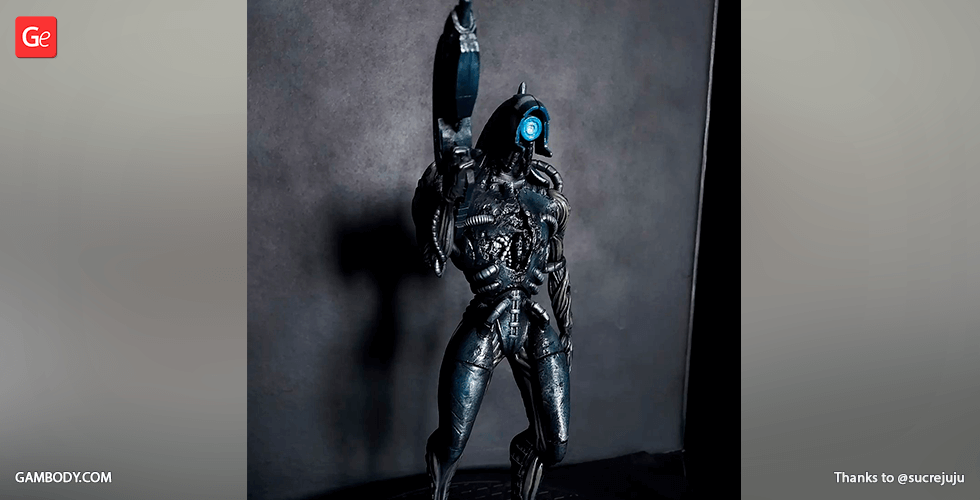
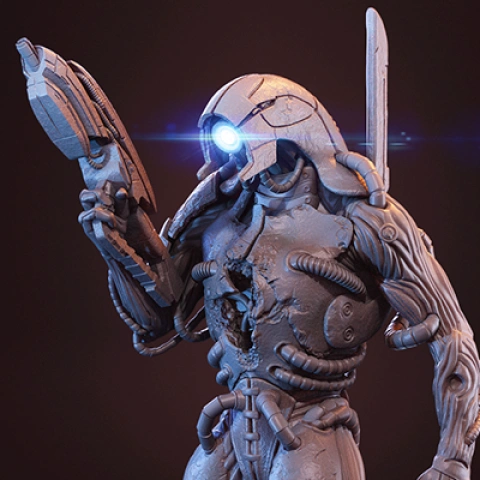
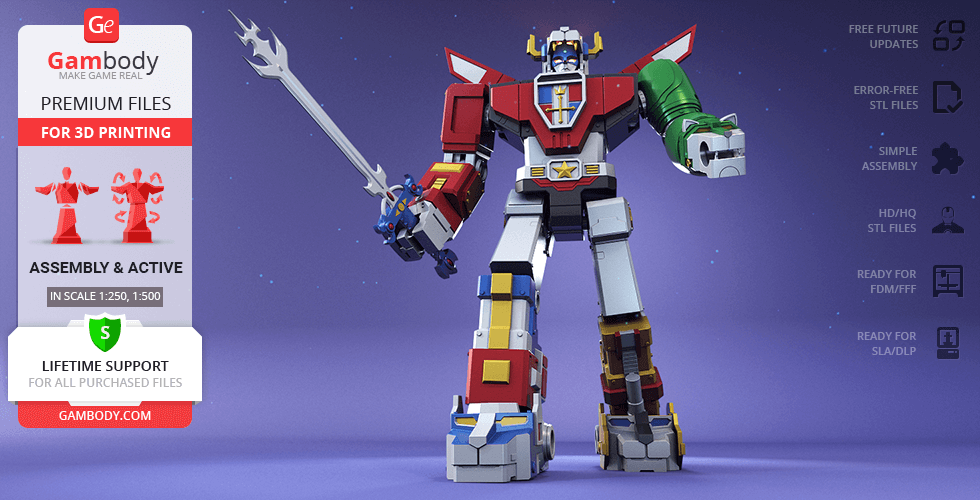
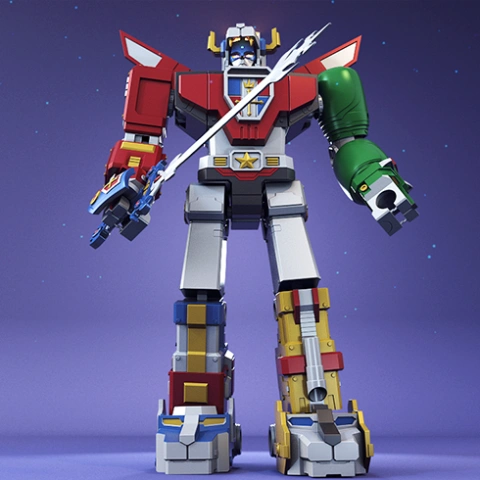
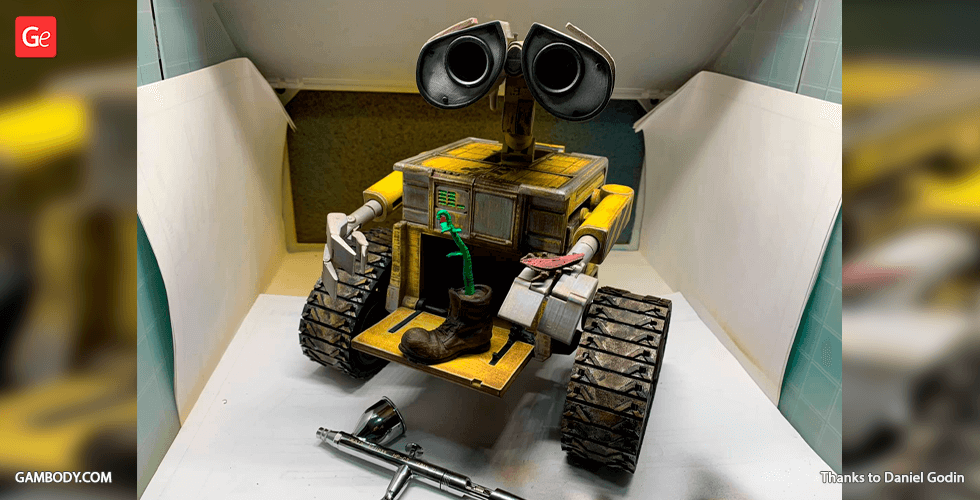
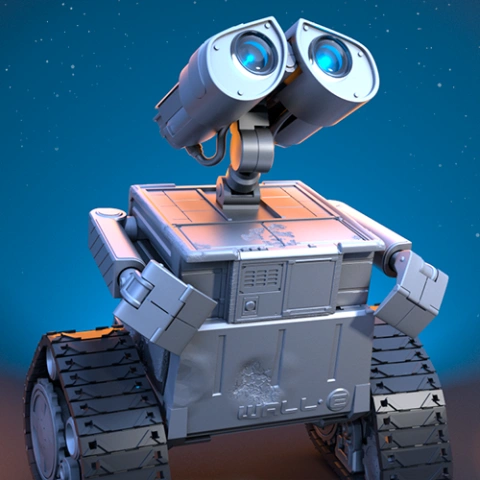
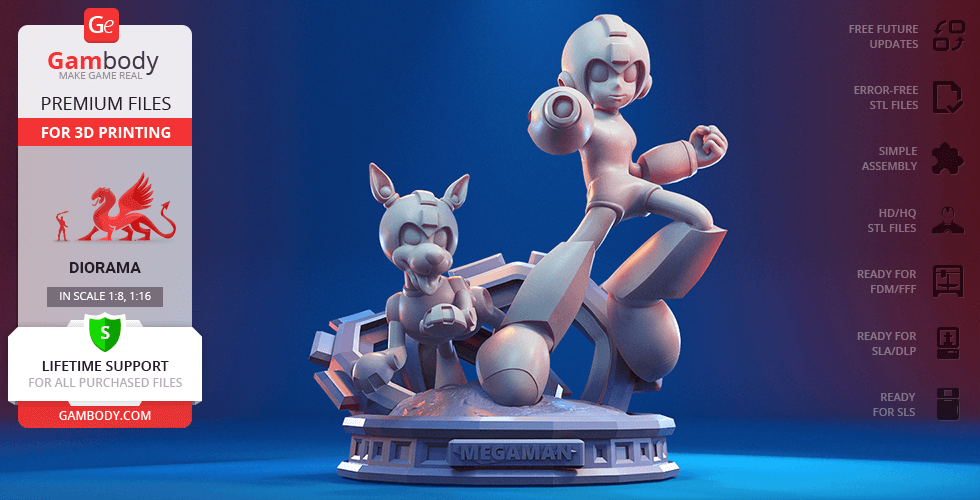
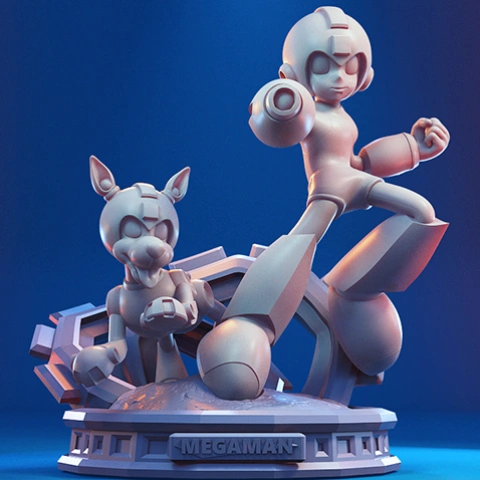
Comments